
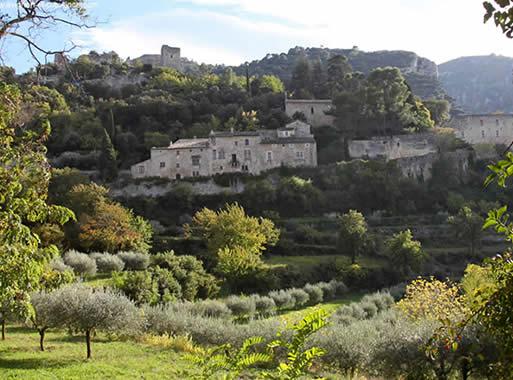
Clinging to the northern slope of the Luberon near the villages of Ménerbes and Maubec, the old village of Oppède occupies an exceptional site. Build on a rocky outcrop with three sides hanging over a steep precipice, Oppède le Vieux hides its ruins and its charm beneath a lush vegetation. Amongst the remains of the fortifications, abandoned wayside shrines and collapsed houses, you will find a beautiful Romanesque church, the only vestige still perfectly preserved. On the rock at the highest point of the village, a tower and wall make up the ruins of the medieval castle that belonged to the Counts of Toulouse and then the papacy in the 13th century.
During the Great Schism, the castle of Oppède sheltered the antipope Benedict XIII. Once again obliged to flee, he “flew off” from the very top by way of an arched postern opening onto the empty space below, borne, it's said, by the devil himself.
Later, the diabolical Jean Maynier, Baron of Oppède, made the castle his seat from which he waged a bloody war against the Vaudois, destroying 11 villages while he was at it.
Visitors with sharp eyes will see bees finely engraved at the castle's entrance. They are an enigma because no one knows to which family such heraldic arms would have belonged.
Also enigmatic is a magic square engraved on a stone in the fortifications. It is the palindromic Sator Square that can be read from left to right and back, and up and down. The latin inscriptions read SATOR AREPO TENET OPERA ROTAS, each one a 5-letter word.
The castle was abandoned around the end of the 17th century then little by little left in ruins by the pillaging of the inhabitants who, at the start of the last century, left to settle in the more hospitable valley below, today a village called Oppède les Poulivets.
For safety reasons, the castle is presently closed to the public but the village of Oppède is itself embarking on a new life. Already during the second world war, a community of artists was founded here, attracting notably the sculptor François Stahly and the artist and writer Consuelo de Saint Exupéry (wife of the author of The Little Prince). Although the episode was short-lived, many other artists, writers and celebrities have picked up the torch.
The old houses have been restored, breathing new life into those walls that date mainly from the 15th and 16th centuries. With its vaulted ceiling, frescoes and paintings the splendid Notre-Dame d'Alidon church, built in either the 10th or 11th century, seems to resound in thanks to the benefactors during the summer concerts.
It is a pleasure to stroll the flowering and shaded little lanes that lead to the church and the castle ruins or just to sit for a moment in the peaceful Italian-style square.
But wear sensible shoes! Oppède can only be visited on foot and the alleyways of this hilltop village are steep and craggy. Yet it is history itself that emanates from the stones, the former hospital, the cave mill and the fountain. The spine-tingling climb up the Grand Rue takes you along empty houses, full of ghostly memories from the past, and to the canons' house, today restored.
Finally, the view over the Coulon Valley all the way to the Vaucluse plateau where the ochre patches of the neighbouring villages stand out also rewards all physical effort!
One small warning: there are some spots with very steep drops; it is best to not let children run ahead too carelessly.
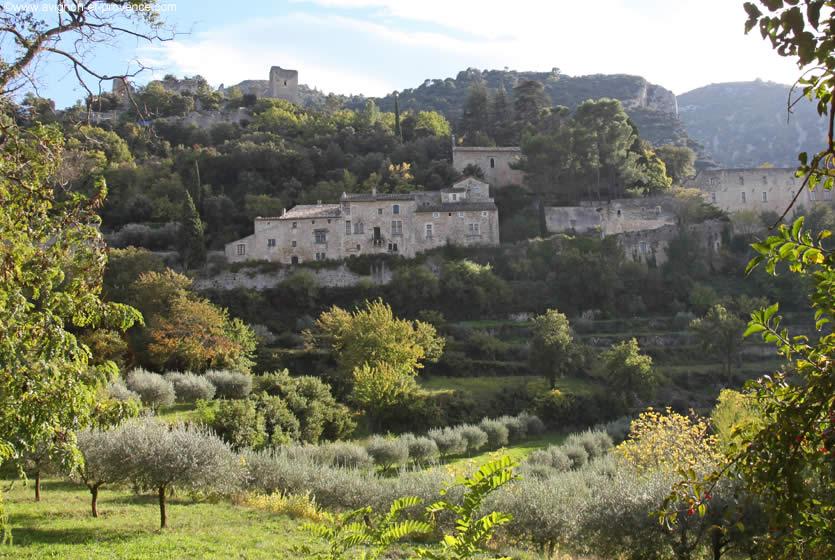
View of the village of Oppède le Vieux
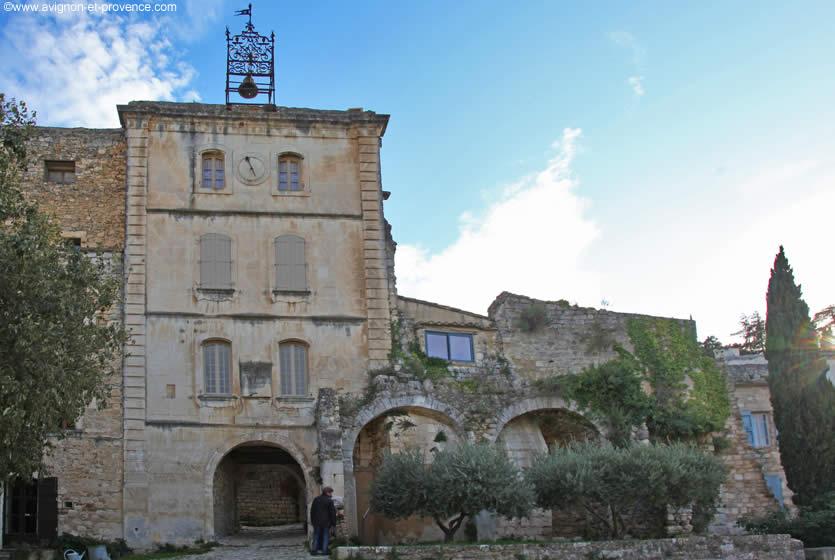
Clock house in Oppède le Vieux
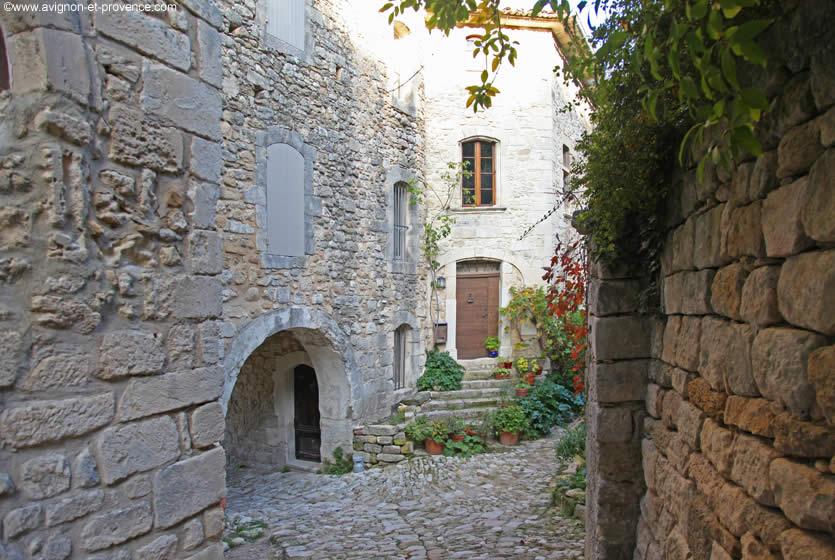
Renaissance house in Oppède le Vieux
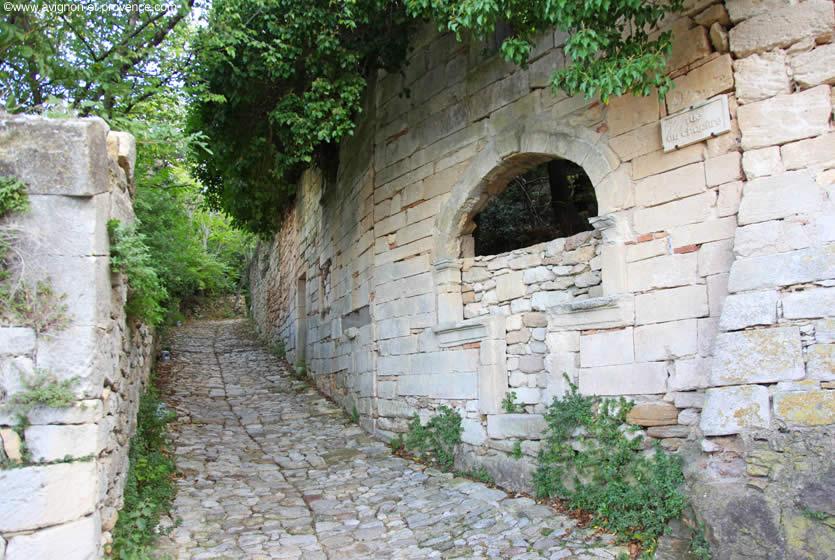
Rue du Chapitre street
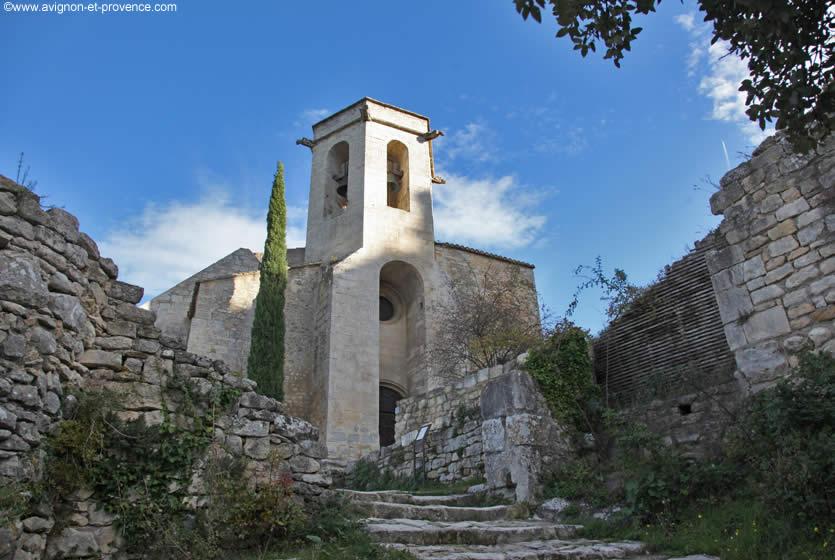
The road up to the church of Oppède
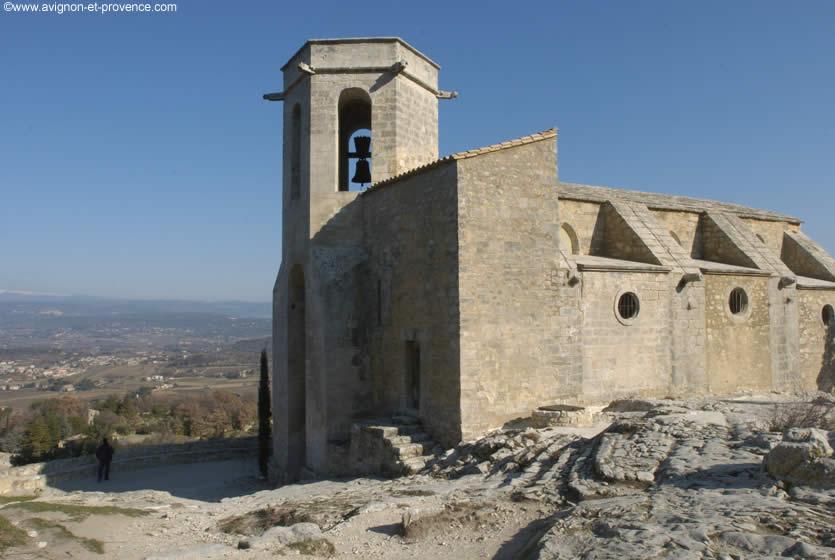
Notre Dame d'Alidon collegiate church
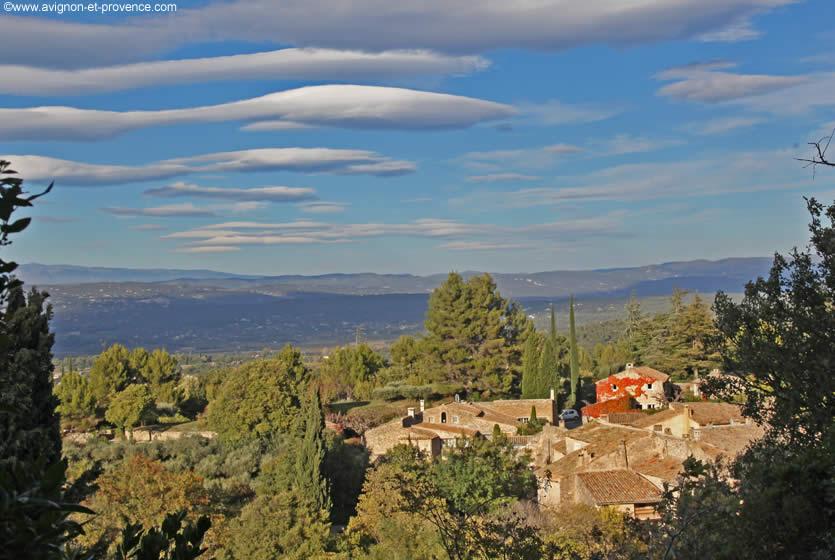
View over the Calavon valley
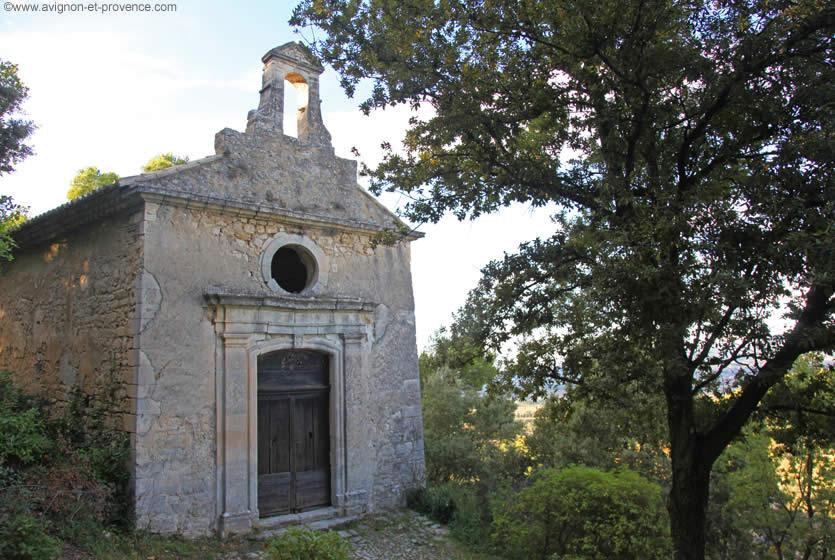
The White Penitents' Chapel
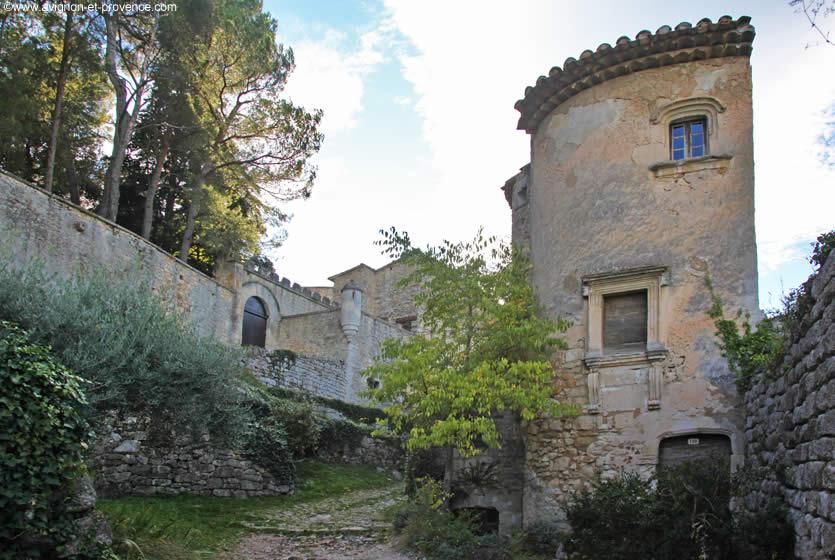
Around the old ramparts
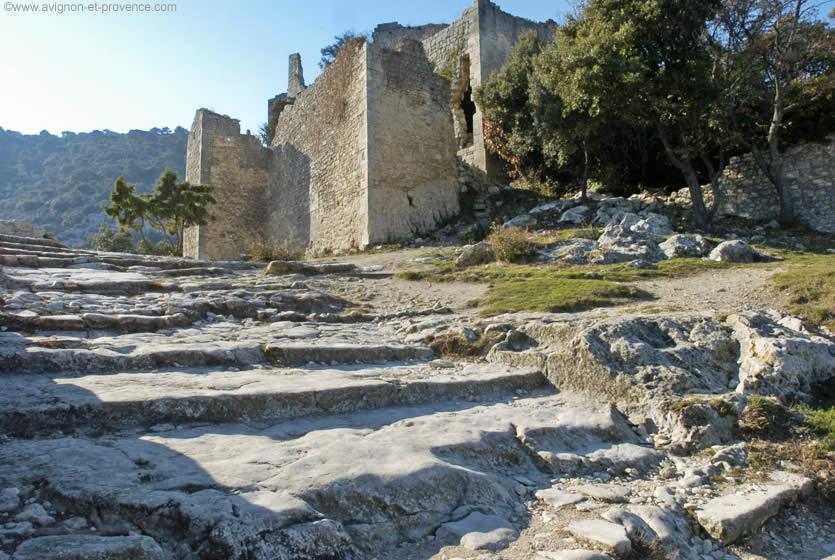
Ruins of the castle of Oppède
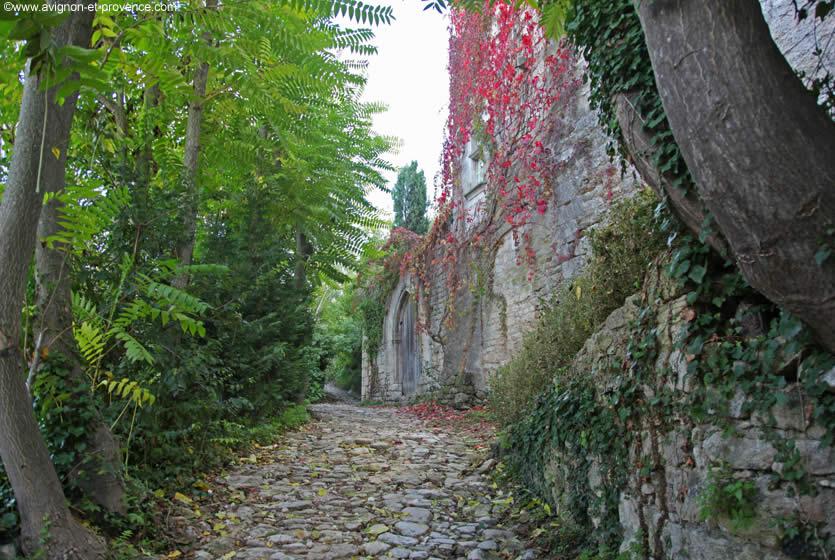
Cobblestone streets in the village
Art of living
Gastronomy, markets of Provence, regional products, Christmas traditions, celebrities of Provence....